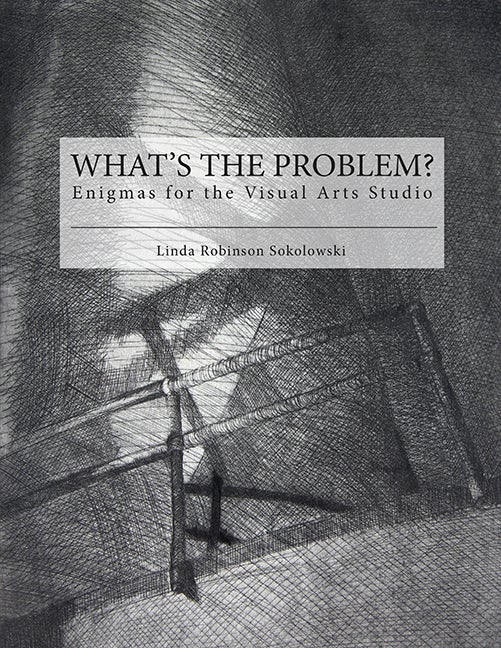
LINDA ROBINSON SOKOLOWSKI
|
|
My recent publication WHAT'S THE PROBLEM? Enigmas for the Visual Arts Studio is now available through Artmobile.com and is listed under art books. The fifty-five challenging narrative problems and accompanying notes should inspire youthful, lively teaching artists. I believe my tested problems will encourage most to invent their own happily perplexing assignments to energize their curious students of art. Surrounding the text are one hundred fifty reproductions of my students' works on paper. There have been major publications for several decades questioning
whether studio art and creative writing can be taught. Problem-based
teaching, though proven to work in many other fields, seems
to remain questioned by some in the visual fine arts. My experiences
as a young undergrad at Rhode Island School of Design, and
certainly as a professor of drawing and printmaking, have
proven to me The books on drawing and painting are often "how to" books on the subject of illustration techniques. I have not seen a guide to encourage the use of narrative problems which can set a different stage for every student, one which boosts visions of an image that the young artist can grasp as a starting point that rises from an important part of his own life. So how can each presented "story" be translated into a two dimensional picture of significant form-making? Accumulating problems begin to teach this with serious work over the undergraduate years, problems which get used and reused in vastly different ways as young art students mature. |
|
|
|
||